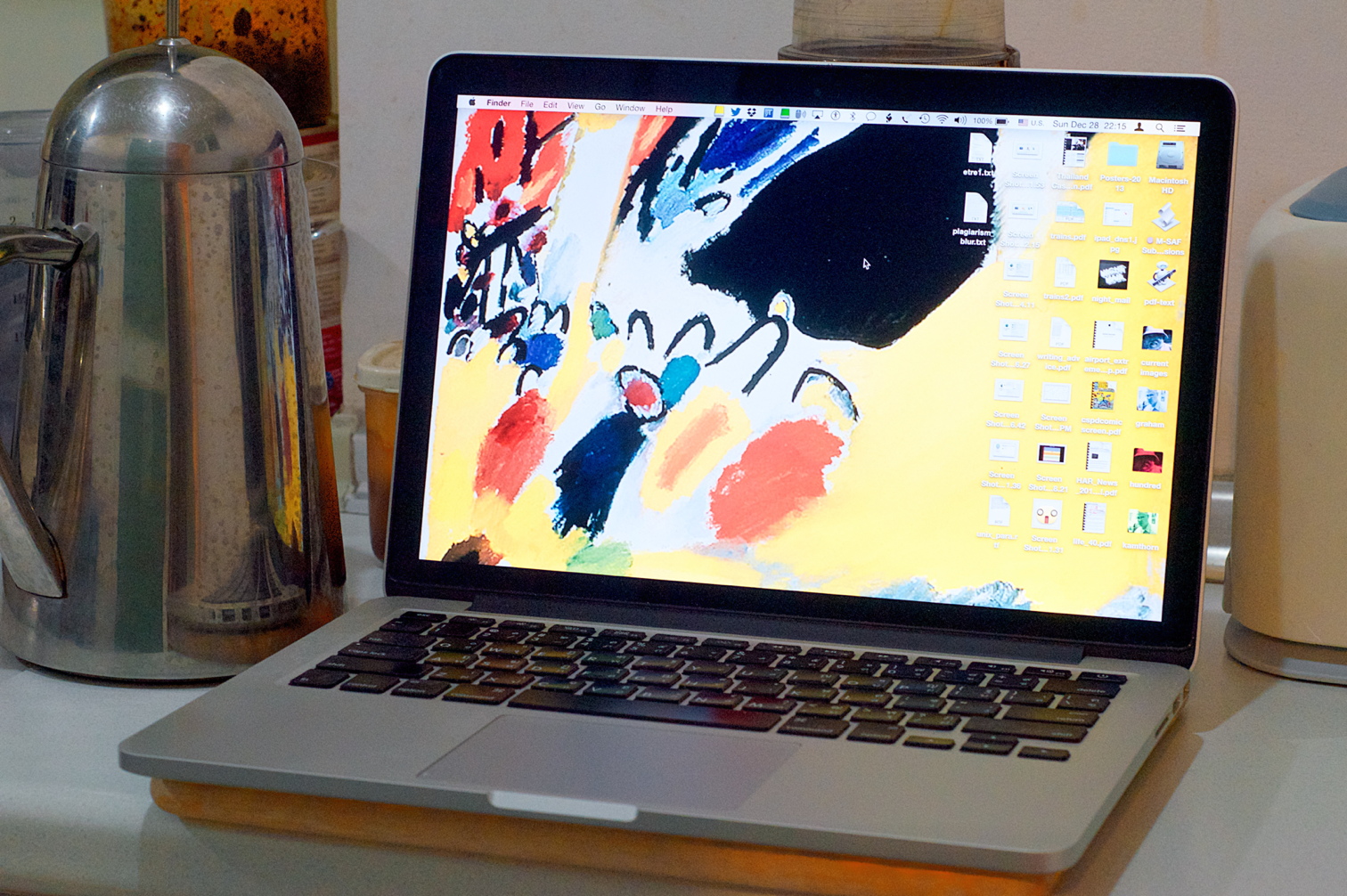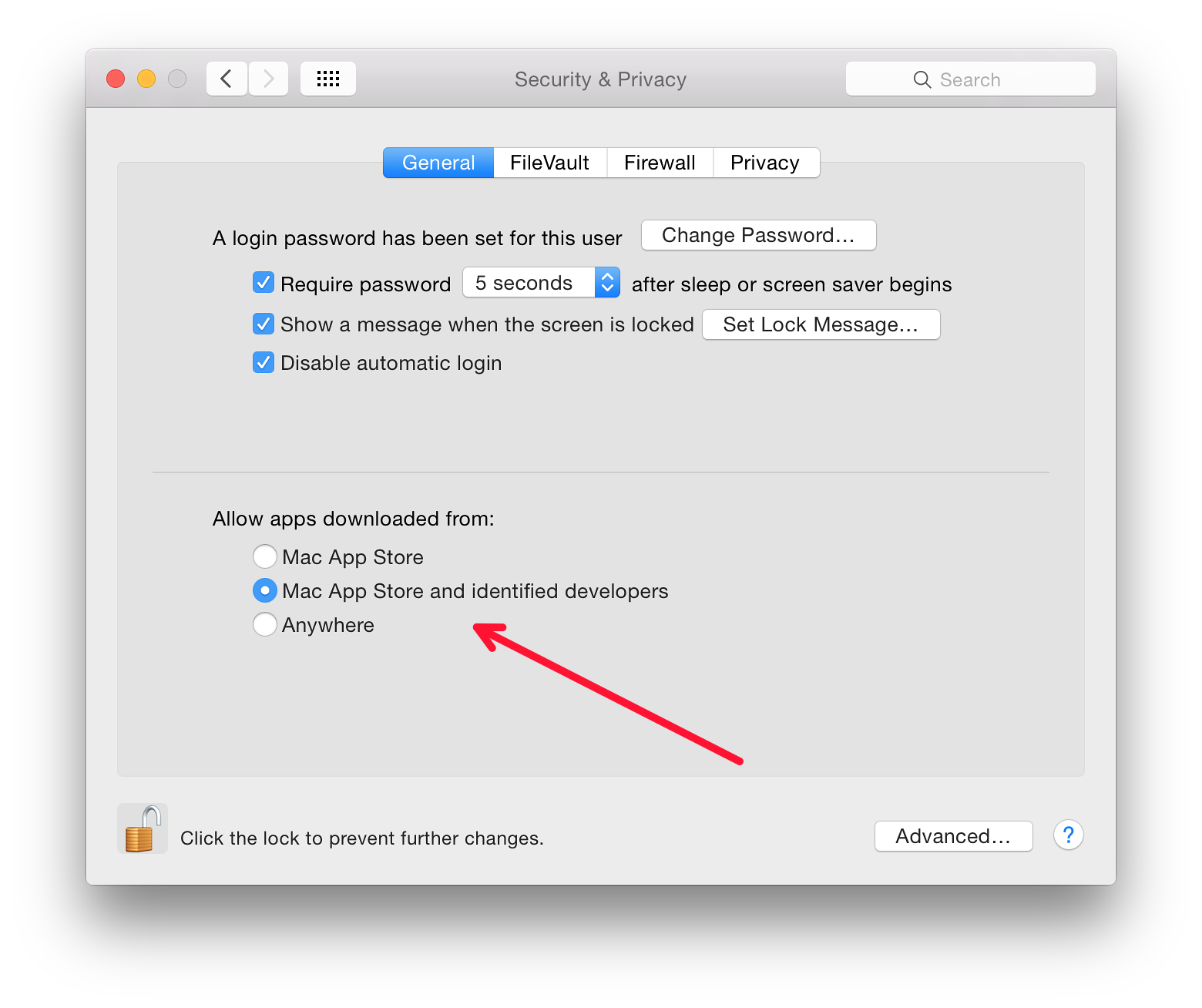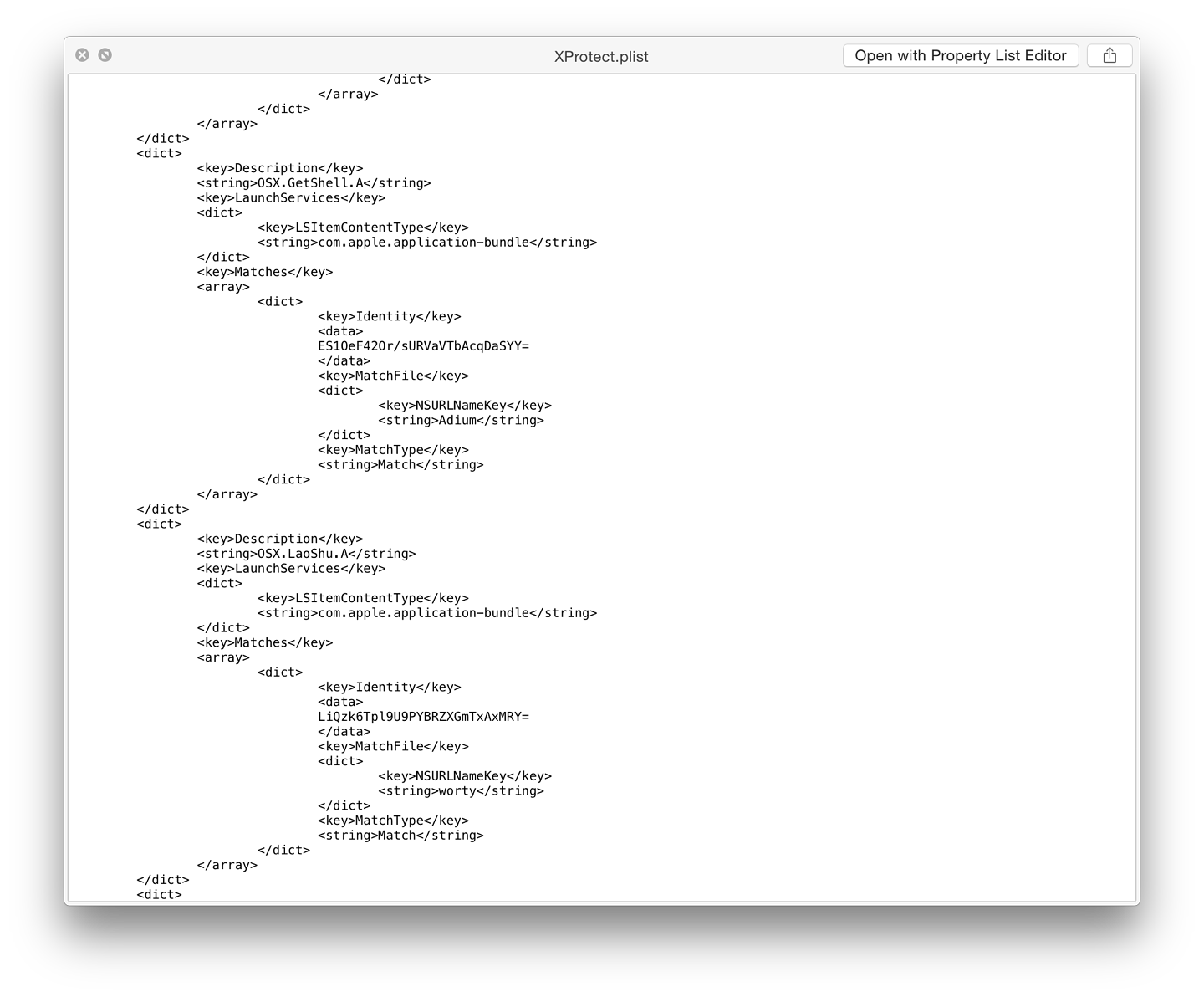Apple Updates and Information: The Good, the Bad and the Misinformed (Bangkok Post, Life)

AMITIAE - Wednesday 31 December 2014
|
Apple Updates and Information: The Good, the Bad and the Misinformed (Bangkok Post, Life) |
 |
|
|
By Graham K. Rogers
I created a new Admin account and deleted the one set up for me (with no password). I used Time Machine to transfer the iMac backup onto the MacBook Pro. I was up and running in about an hour, although over the next couple of days I had to enter a few passwords and make a couple of other minor changes. Although I had AppleCare, that would not have covered me if a problem had been found that was not covered under warranty. While some try to make claims for water spills, there are a number of other users in a grey area: the devices are no longer under warranty, but the problem may have been due to faulty assembly or a hardware design problem.

Domesticated MacBook Pro
The problem mainly manifests itself as a screen display completely broken by horizontal lines. There is a good example on the Thai site, Change.org. There are more. Zach Clawson of Cornell has some images and a useful history of the problem. There is also a user survey on "Logic Board Replacements for the 2011 MacBook Pro." The usual repair approach is to suggest replacement of the main board: around $1000 (32923 baht). If the computer is out of warranty, this is a hefty charge and may not fix the problem in all cases. Although a Class Action suit is being started in the USA, any result will not be binding on Apple in other places. I mentioned recently a Texas case. Apple was forced to recompense owners of the iPhone 3G who had been denied warranty claims because liquid sensors were not calibrated for humid climates. Users here similarly denied were not recompensed. A number of owners of the 2011 MacBook Pro in Thailand have tried to make claims even though their computers are out of warranty. Those dealing with such repairs have no information from Apple, so start by suggesting the replacement of the main board. Owners feel they are being treated unjustly when so many computers are affected. Not all shops that deal with Apple products are unaware. I am told that at least one (in Phantip) has a sheaf of printouts about the problem pinned to the wall. Apple keeps its cards close to its chest most of the time, but once in a while there is a mea culpa and owners of defective devices are treated fairly. This is a time for that to happen again.




See Also:
Graham K. Rogers teaches at the Faculty of Engineering, Mahidol University in Thailand where he is also Assistant Dean. He wrote in the Bangkok Post, Database supplement on IT subjects. For the last seven years of Database he wrote a column on Apple and Macs. He is now continuing that in the Bangkok Post supplement, Life. |
|

For further information, e-mail to

|

|